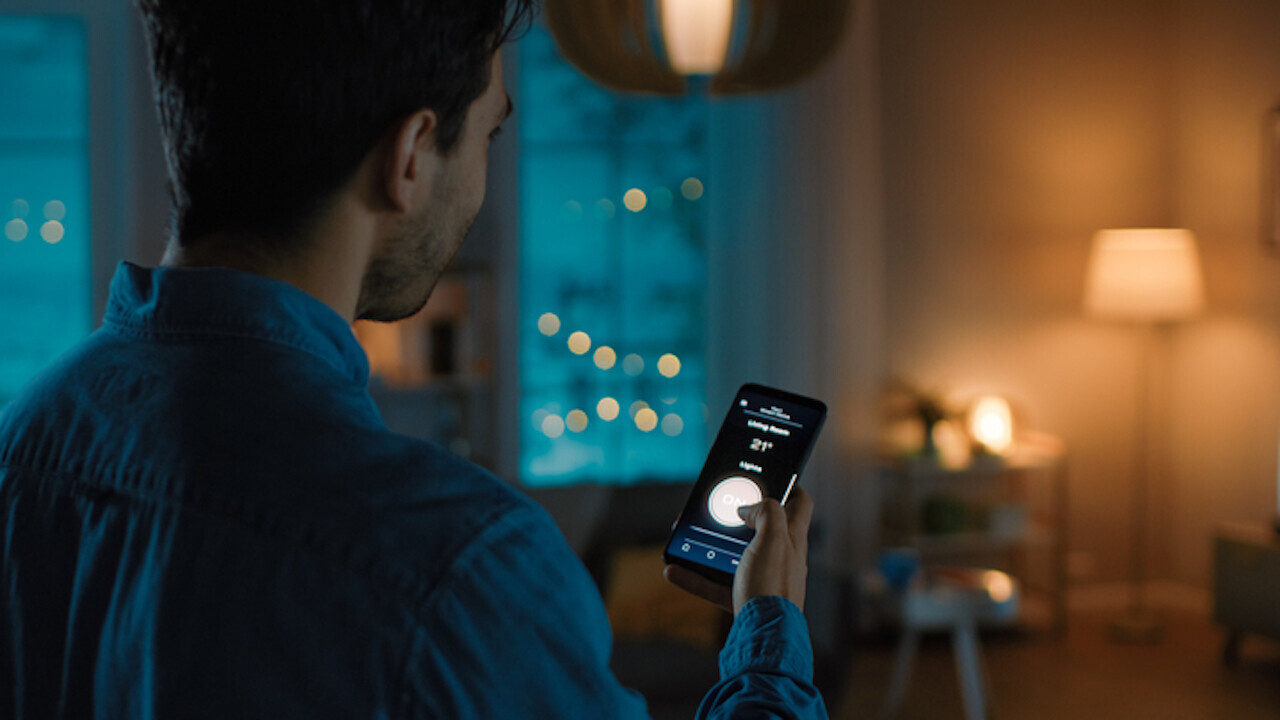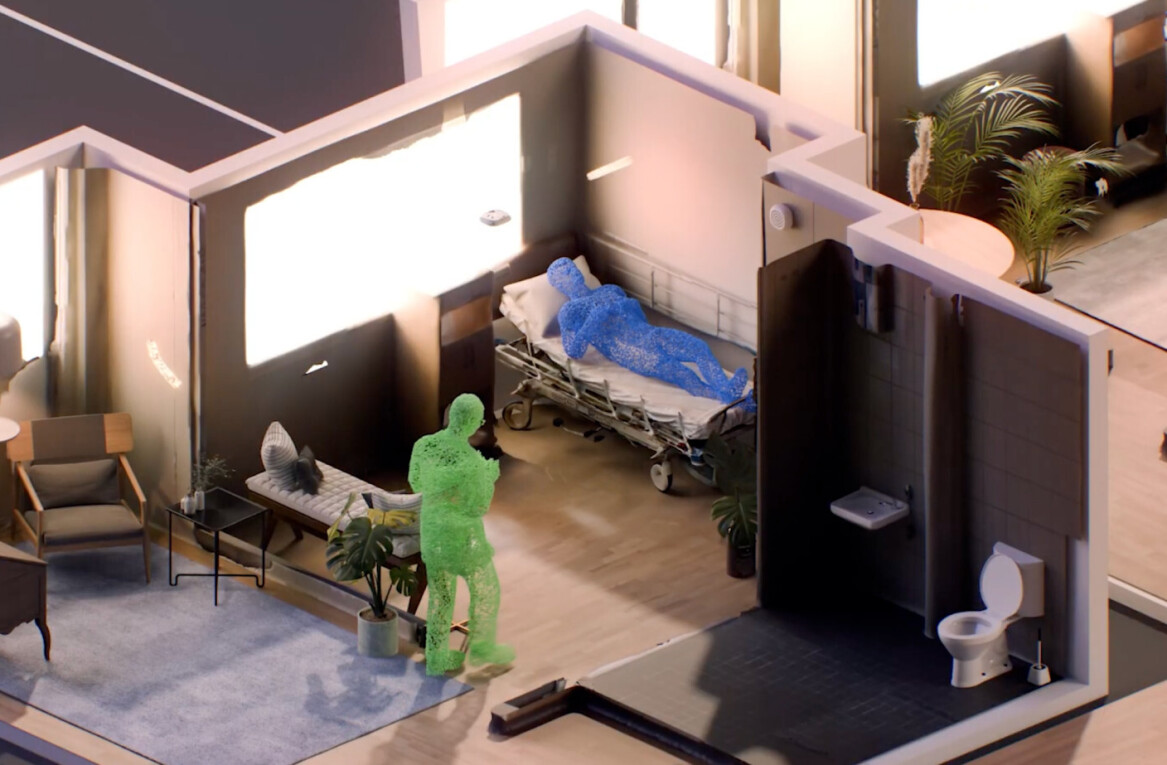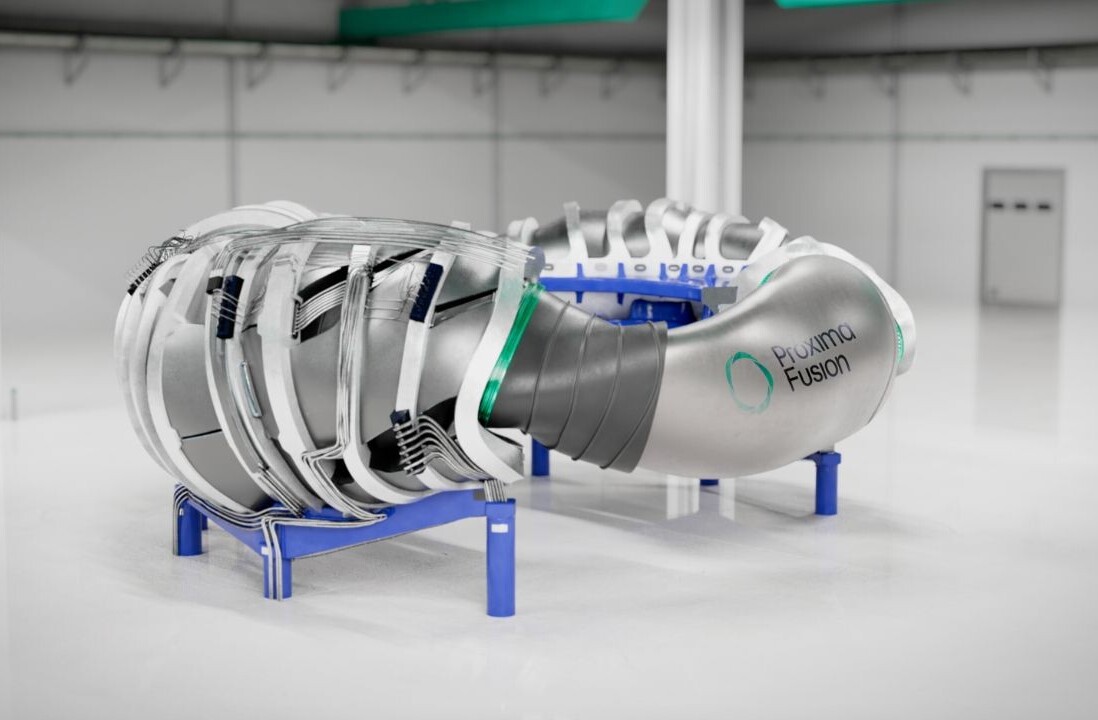
Nowadays, just about every facet of daily life can be automated or altered to fit consumers’ preferences and moods. This shift towards customizing private spaces is especially prominent in the field of smart home technology — and other industries are following suit.
A tech setting for every mood
Inhalio, with just a quick verbal cue, can release scents that correlate with your mood, whether you’re feeling bright, cheerful, angsty, or drowsy. Philips Hue lights have pre-programmed scenes like ‘relax’ or ‘focus’ that sync directly with televisions and other entertainment systems to provide pulsing, complementary lighting.
This trend of setting the lighting stage even extends into the automotive space via mood lighting systems. Kia’s EV6 offers ambient lighting that drivers can customize manually based on how they’re feeling. A calm, relaxing evening may inspire aquamarine tones, while an energetic road trip may call for neon green.
Beyond simply being fun, using multi-sensory technology to control our environment may even help calm nerves, boost productivity, and put us in a generally better mood after a long day at work.
But, while these mood-based settings are selected and controlled by consumers, the smart home tech of the future promises to read and adapt to our moods automatically. Imagine bringing a date home and (even without a swift clap of the hands) your smart home dims the lights, queues up some Barry White on the stereo, and chills a bottle of white in the fridge.
What does the house of the future look like? We talked to TNW’s founder and smart home tech enthusiast Boris Veldhuijzen van Zanten about the joys of living in a connected home, futuristic product design, and what happens when AI truly gets to know you.
Beyond the hilarious and potentially mortifying situations this could create, it also raises ethical questions. Do we really want our homes to read our mood? How should the data these devices collect be used and stored and who should have access to it?
When technology responds to your emotions
Using machine learning, software programs can now gather data points using voice recognition, images, and facial expressions. This gives the system insights into a user’s mood allowing it to predict what a user may want, even without their guidance.
One rising example in AI is Amazon Halo, a wearable bracelet that collaborates with a suite of vendors to share data about a user’s sleep, diet, and exercise routines. Going beyond the normal ‘Fitbit’ style functions, it’s also introduced a voice analysis tool called ‘Tone’ which, “analyzes energy and positivity in a user’s voice.” The idea is to help users identify patterns so they can improve their social interactions. For example, Tone can analyze how a stressful work day impacts the ‘positivity’ of your conversations with family and friends.
Do your due diligence
‘Emotion AI’ does spur some privacy concerns. A big question in the smart home space, especially when it comes to mood and voice analysis, is how personal data is collected, processed, and stored. If data is collected within a home and transmitted to an external server, it has to travel from the intimate spaces of a private home to an unknown location for processing before returning with a decision to turn on a light switch or unlock a door. That long journey of data does come with the risk of corruption.
Eric Welander, a US-based smart home Youtuber, firmly believes that consumers are the ones who hold the cards. As a trained software developer, Welander was always interested in ways to automate parts of everyday life and started to dip his toes into smart-home technologies when he was living in an apartment. Once he purchased his first home, the possibilities exploded. He launched his YouTube channel to explore developments in new smart home gadgets like sensors, cameras, and thermostats and documented his journey along the way.
Even as an avid smart home technology fan, Welander is cognizant that the line between convenience and privacy is always a delicate dance in this industry. “Any technology you put in your home has to come from a company that you trust,” Welander said.
Some companies choose to differentiate themselves in the market by their privacy standards, like Eve Home based in Munich, Germany. Eve prides itself on avoiding cloud storage altogether and limiting its own exposure to user data. Apple’s security is often lauded in the American market for its end-to-end encryption standards.
TNW’s founder and former CEO Boris Veldhuijzen van Zanten, who also lives in a ‘connected home’, looks for similar features in his smart home products. “My intelligent doorbell works with a closed system and does not upload or save any footage to the cloud.” Veldhuijzen van Zanten always does extensive research before purchasing any new smart home tech, but admits he can’t rule out risks completely. “Even if you’ve done your due diligence and opted for a startup your trust, chances are that startup gets acquired by a bigger corporation at some point. So that means your data suddenly belongs with a company you didn’t sign up for.”
Still, for now, he’s curious about the possibilities of mood-based technologies. “I would love it if my home or car could read my mood: turn on soft lights when I’m feeling a bit down, play some uplifting music, maybe turn up the heating a bit. As long as privacy is guaranteed, emotional AI is an exciting new frontier that can help us put souls into machines.”
Get the TNW newsletter
Get the most important tech news in your inbox each week.





